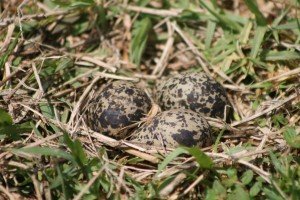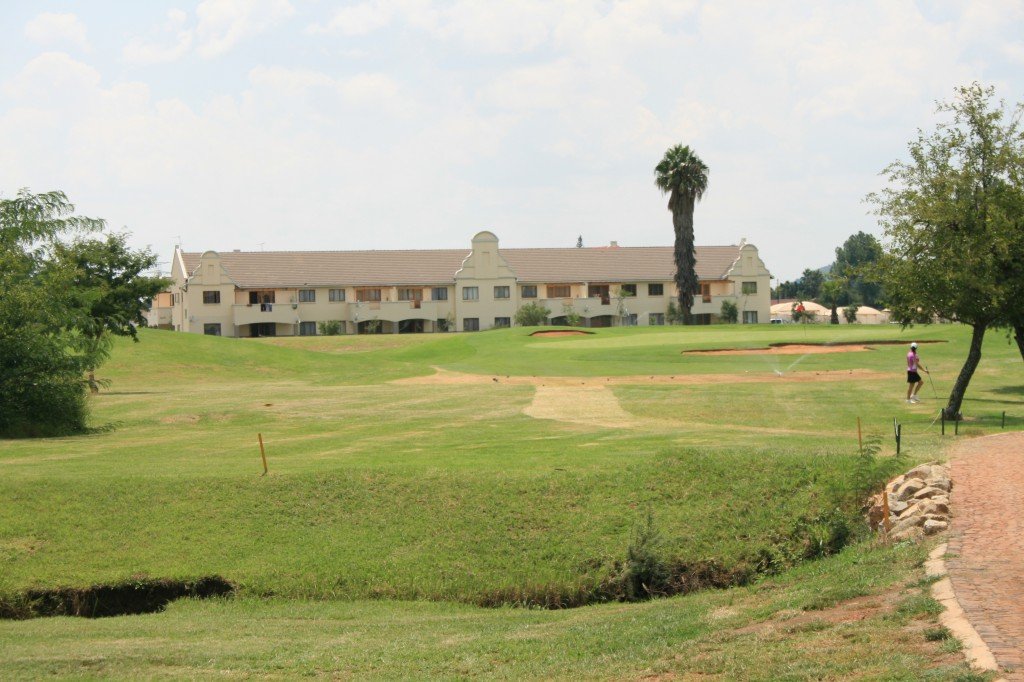Akasia Country Club, in the northern suburbs of Pretoria, takes its name from the many Acacias that line the fairways so it was no surprise that my February visit should throw up that great lover of thorn trees, a Willow Warbler, scurrying through the branches.
Set in bushveld country in the shadow of the Magalies Mountain, Akasia Country Club is a very pleasant place for a soothing stroll in the middle of suburbia but a potentially tense, if rewarding venue for a round of golf.
Unusually, the 6431m course features five par-threes and five par-fives and the number of short holes provides a hint that there could be plenty of water around.
And there is. The Boepensspruit runs through the course and comes into play on numerous holes.
The front nine is classical parkland with lots of water as well as trees just off the fairway, while the back nine has more of an estate feel to it, but is tighter and still has plenty of water to get over. The greens are bent-grass, with kikuyu on the fairways.
Water and trees are, of course, magnets for birds and my stroll around the course netted me 35 species, as well as sightings of Springbok, Impala and even Common Duiker in the more wooded patches. Look out too for the Southern Tree Agamas scuttling around the tree-trunks, always peering at you from the other side of the tree.
Apart from the cute Willow Warbler, I also enjoyed the Whitewinged Widows in the scrubby areas, with their soft, scratchy, rasping calls sounding like a piece of paper being crumpled up.
A Yellowbilled Kite was flying about and I fancy other raptors will be around due to the proximity of the Magalies Mountain, while the stream shelters Hamerkop and Greenbacked Heron.
Blackthroated Canaries were dashing around near the clubhouse and Blacksmith Plover breed just off the fairways … look out for the black-blotched eggs!

Eggs of the Blacksmith Plover
Your round of golf will begin with an absolute knee-trembler of a shot between two trees and over water to reach the green on the par-three first hole, 163 metres away. A nasty fast putt awaits from the back of the green.
And then it’s over Waterbok Road and into the parklands of the rest of the front nine. The par-four second hole features another sloping green with a fast putt from the back while a long par-three awaits on the fourth. Measuring anything from 166 to 196 metres from the tee, there is a stately Old Cape Dutch building to aim at behind the green running the width of the fairway, but beware going right because a road and out-of-bounds lurks there.
The first par-five of the front nine is a short 436m, but it is uphill and a stream runs across the fairway. When I was walking this hole, the entire three-ball playing it put their balls in the water!
The stroke one, par-four sixth is next, measuring 395m with a tricky elevated green.
The front nine ends with a short par-three, but once again you’re hitting over water.

Looking down the par-three fourth fairway
A stream brings water into play again on the 10th and 11th holes, while the front of the 13th green slopes away from the hole, making distance control on the 418m par-four a priority.
The par-five 14th is rated the easiest hole on the course, but the approach to the green is narrow, as it is on the next hole, also a par-five, which also features water.
The last par-three is the 16th hole, where a narrow green is well-protected by bush close-in on the right and a hazard on the left.
The final two holes are doglegs. The par-four 17th goes sharply to the left and there are awkward mounds in the semi-rough on the left-hand side of the fairway in case you try and cut the corner, while the green slopes from back to front.
The final hole is a wonderful 548m par-five, stroke two with the fairway doglegging right in a broad curve, with out of bounds tight on the left. You then have to hit your approach over a dam on to the green, with bunkers at the back.
Sightings list
Laughing Dove
Redeyed Dove
African Hoopoe
Common Myna
Blacksmith Plover
Wattled Plover
Spotted Flycatcher
Southern Masked Weaver
Southern Red Bishop
Whitewinged Widow
House Sparrow
Cape Sparrow
Blackeyed Bulbul
Willow Warbler
Crowned Plover
African Palm Swift
Whitethroated Swallow
Greater Striped Swallow
Yellowbilled Kite
Whitebellied Sunbird
European Swallow
Tawnyflanked Prinia
Cape Wagtail
Fiscal Shrike
Blackheaded Heron
Southern Tree Agama
Egyptian Goose
Little Swift
Hamerkop
Greenbacked Heron
Springbok
Cape Turtle Dove
Blackthroated Canary
Common Duiker
Hadeda Ibis
Redfaced Mousebird
Impala
Little Egret
Bronze Mannikin

